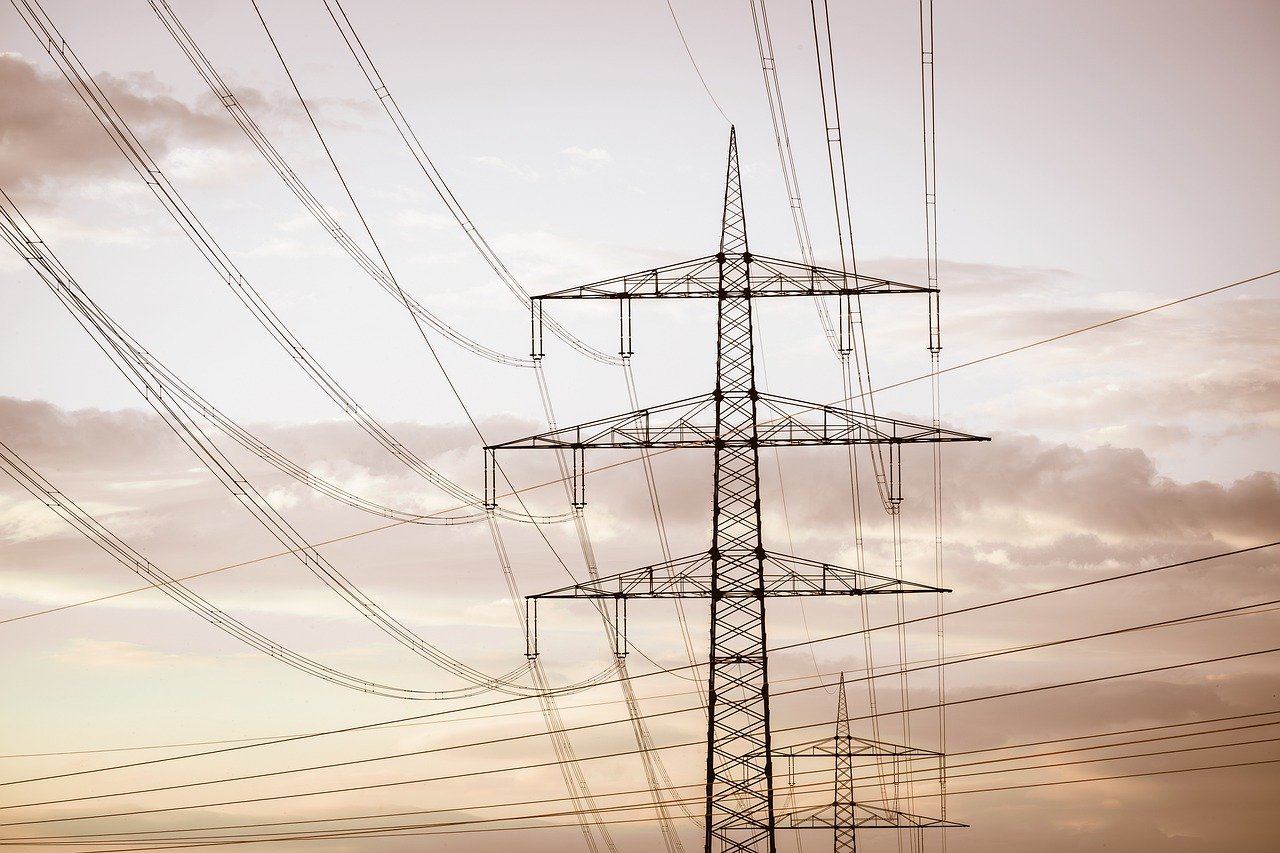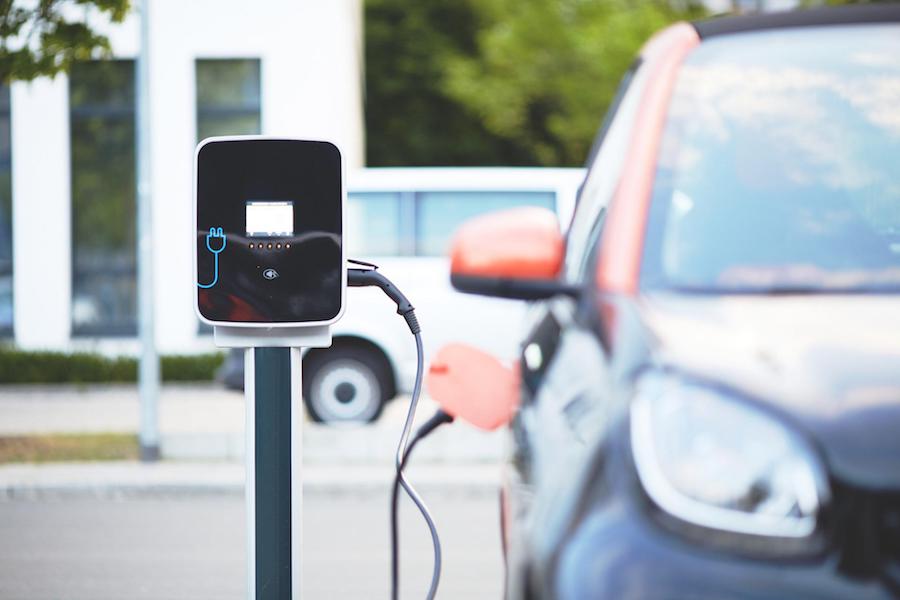California state regulators and utility companies are trying to figure out how to implement a new law that will require a customer’s electric bill to be based on their income, instead of how much electricity they use. The California Public Utilities Commission has until next July to decide what the income-based rates will look like. The law has stirred debate that more states will likely need to face as climate change impacts the electricity grid and energy infrastructure.
GW faculty experts are available to offer insight, commentary and analysis on the new law, energy equity and the impact of climate change on the electricity grid. If you would like to speak with an expert, please contact GW Media Relations at gwmedia gwu [dot] edu (gwmedia[at]gwu[dot]edu).
gwu [dot] edu (gwmedia[at]gwu[dot]edu).
Saniya Leblanc is an associate professor of mechanical and aerospace engineering and director of GW’s Energy Innovation Research Initiative. LeBlanc’s research lies at the intersection of materials science, energy conversion, and thermal transport. Her areas of expertise include environmental and energy management and economics, finance and cost engineering. She can discuss energy equity and thinking about energy as an equity enabler.
“At issue here is energy equity, and, in this case, the specific topic of energy burden. Energy burden is how much of your income goes to paying for your energy expenses - namely electricity and fuel (such as gas or propane). The national average energy burden for low-income households is 8.6%; that is three times higher than the average for households that are not low-income. In California, the energy burden for the lowest income households is 12%; 75% of that is attributable to electricity. Thus, we have to consider what is fair. Is it the absolute value of what you pay for electricity, or is it how much of your income you use to pay for electricity?,” Leblanc says.
“An additional consideration is that energy efficiency improvements require funds to pay for them. If low income households are using more of their income for energy than higher income households, then that necessarily means low income households have less funds to pay for energy efficiency improvements. Lowering their energy burden might actually enable energy efficiency improvements for low income households. It would certainly enable them to be in a position that is more like higher income households when it comes to making decisions about how to spend their income on necessities such as food, housing, and transportation.”
Donna Attanasio is the assistant dean for energy law and a professorial lecturer in law at the George Washington University. Attanasio leads GW’s Energy Law Program and Sustainable Energy Initiative. Attanasio’s primary areas of research and writing relate to the electric utility industry and its transition into a more sustainable fuel mix. Attanasio has served as chair of renewable energy task forces, the former President of the Energy Bar Association and board of EBA and its affiliate organization.
“The issue of how the energy transition affects low-income customers has been one of concern to the GW Law Energy Law program for years. Programs such as the one California is proposing are not novel. California's program seems more extreme because of the extraordinarily high rates imposed on California ratepayers. However, across the country, including here in DC, our poorest neighbors often bear a disproportionately high energy burden (that is, the portion of their income needed to pay for energy),” says Attanasio.
-GW-







